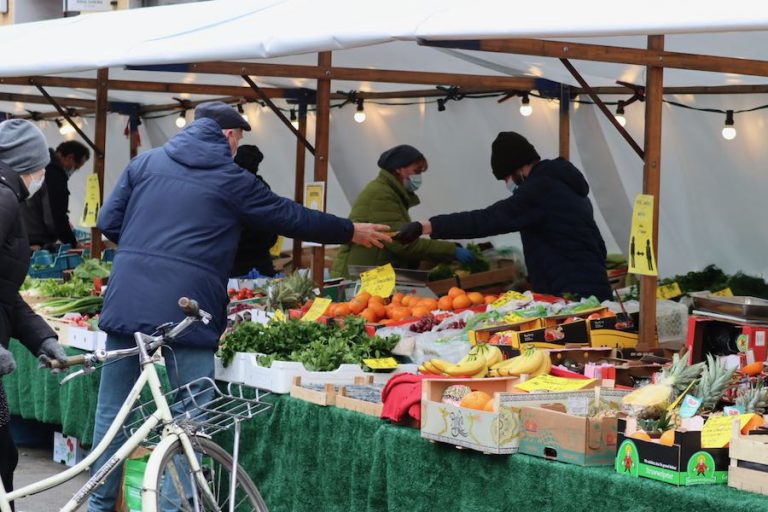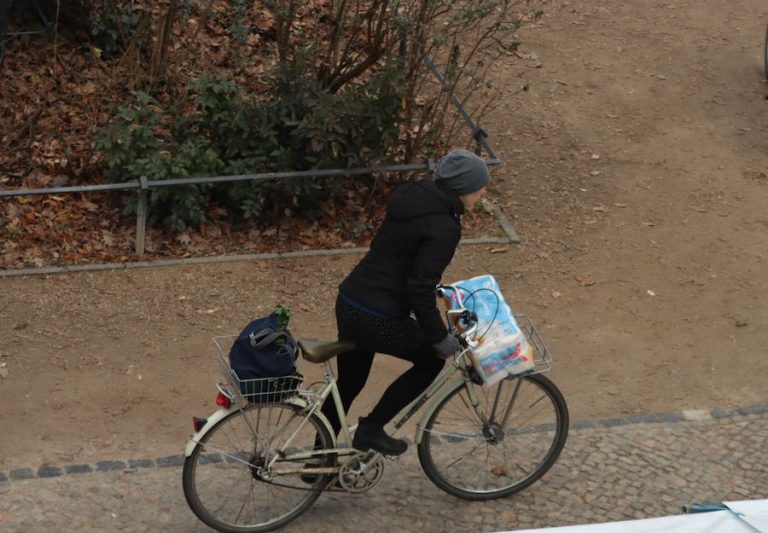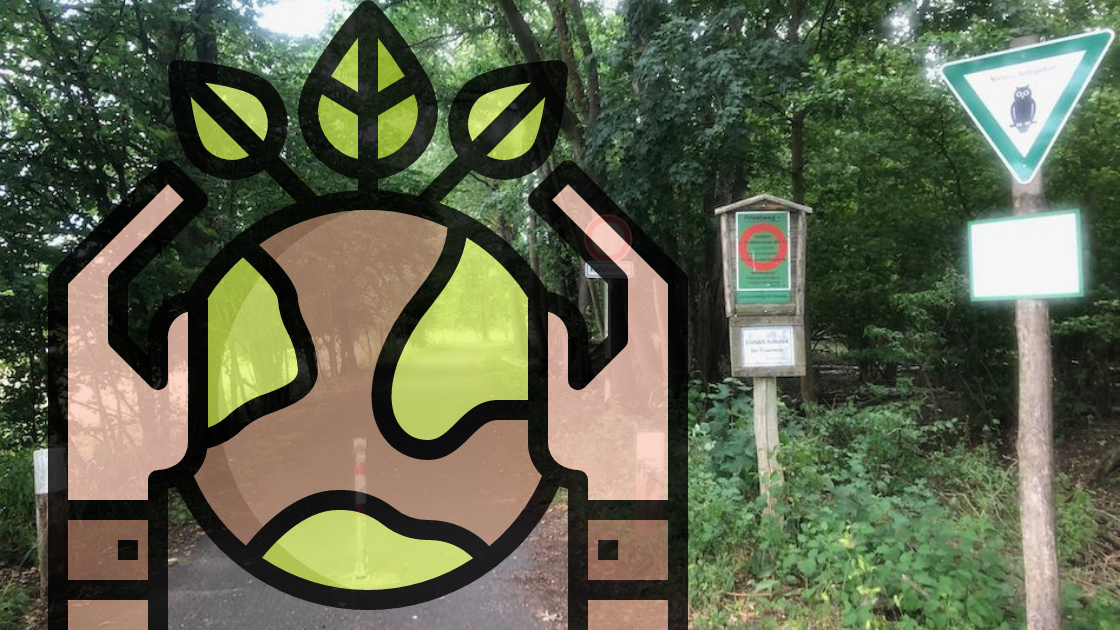Why does the sustainable lifestyle need a manifesto?
Because someday this style should become natural. The way we think, behave, choose, and buy can have a big impact on the planet.
Sustainable citizens understand that their actions have repercussions and interfere with the quality of life of other people, the community, and the environment.
They are aware that, through their condition as consumers, they are able to influence the direction of the economy, seeking more sustainable options.
As a manufacturer or service provider understands the scope of the services and products offered to society.
It knows its rights and its duties and does not wait only for changes to come from governments and companies. He “makes” it happen, mobilizes, organizes, and seeks the best for himself and his fellows.

sustainable lifestyle manifesto
1. Use more environmentally friendly products
The manufacture and consumption of ecological products, such as food, clothing, furniture, construction materials, etc., guarantees health and a better quality of life for the consumer.
It is important that we learn to rethink our way of consuming, become more conscious, responsible, and adopt a new lifestyle that is more harmonious, fairer, and that recovers and preserves resources for current and future generations.
2. Don't let yourself be seduced by consumerist propaganda
Don’t let the consumerist propaganda, which sees people only as consumers and not as human beings, tell you what is or is not a trend, what you should or should not wear, eat, drink, put in your hair, skin, etc.
Whatever you consume, do it consciously. Exercise your right to choose, which also includes the right to refuse what is useless and harmful.
3. Wear sustainable clothing
The fashion industry is one of the main polluting industries in the world. To lessen the impact that this industry has on the planet, you could buy more of your clothes from local stores, thrift stores, and sustainable clothing outlets.
Research and buy sustainable brands. Never use brands that exploit child labour.
4. Consume organic products
If possible, buy organic products that have not been cultivated with chemical fertilizers or sprayed with agro toxics and that are certified by reputable entities in your region or linked to IFOAM (International Federation of Organic Agriculture Movements).
Look for organic produce outlets in the city – markets, grocery stores, natural food stores, etc. – where you will find a wide assortment of quality food items.

5. Share your experiences
If you live sustainably, share with others your stories, your experiences, what you have learned.
Each of us has something to contribute to and help others make better choices for their own health and the health of the environment.
6. Prefer public transportation over the car
Prefer public transportation whenever possible, such as subways, buses and trains. This reduces the emission of atmospheric pollutants and reduces the need for more access roads in the already saturated large cities.
Get together with neighbours, colleagues and/or friends to take turns using the means of transportation (cars) in order to use the vehicle’s capacity, minimizing CO2 emissions.
7. Go by foot or by bicycle
Walk a lot, not only on your hike responsibly.
When we were created, there were no cars. That is, our bodies were created to move.
Whenever possible, go walking or go by bicycle. It’s healthy and doesn’t emit pollutants.

8. Avoid excessive shampoo and soap
Avoid excessive use of soaps on your body, with the exception of your fingernails, hands, soles of your feet, and genitals. Soaps remove the natural grease that coats the human skin, which acts as protection against the harmful effects of some rays of the solar spectrum, and microorganisms found in the environment. In addition, the natural oiliness of the skin is one of the factors in the assimilation of type D vitamins.
The same happens with hair. Better use bar shampoo.
Never use products tested on animals.
9. Use environmentally friendly cleaning products
Alguns produtos de limpeza contêm produtos químicos que podem ser prejudiciais ao meio ambiente. Ao se comprometer a usar produtos de limpeza ecológicos, você pode ajudar a evitar que esses produtos químicos tenham um impacto negativo sobre a Terra.
10. Traveling Responsibly
Travel brings us closer to some of the most stunning natural wonders of our planet and connects us with cultures around the globe.
It also has the power to change places and the lives of the people who live where you visit – for better or worse.
Here’s lots of information about sustainable travel.
11. Save water
The lack of water is a threat since water is the source of life. We are so used to the presence of water that we only realize its importance when we need it, but this needs to change.
When you brush your teeth for five minutes without turning off the tap, 12 litres of water are consumed. Reduce it to half a litre just by wetting your toothbrush and using a glass of liquid to rinse your mouth!
Many people spend 30 minutes washing the car. With a hose that is not too open, the expenditure is 216 litres of water. With half a turn of the hose open, the waste reaches 560 litres. To reduce this, wash your car once a month with a bucket. Thus, consumption drops to 40 litres.
Don’t wash clothes every day. Let as many clothes as possible accumulate and only then turn on the washing machine. If you have time available, you can even wash clothes by hand to avoid waste. Another tip is to place an empty bucket near the shower when you are taking a bath. The water collected there can be used to soak the dirtiest clothes before washing them.
12. Save light and electric energy
By using less energy, you can help reduce carbon emissions.
The main household appliances that consume the most electricity are the refrigerator, the shower, the TV, the electric iron, the washing machine, air conditioning, and also lighting. The correct use of these appliances can help save energy at home.
13. Reduce your waste
In the search for minimizing the damage caused to the environment by the excess of waste produced and the overexploitation of natural resources, some important alternatives for preventive action have emerged, such as reduction, reuse, and recycling. These actions, called “the 3Rs policy”, aim to reduce waste generation and transform some waste into a new product. The 3Rs are part of an educational process that aims to change society’s habits regarding over-consumption and waste.
The 3Rs of sustainability should be understood in order of importance. Thus, the first step is to try to reduce as much as possible. Next, the reuse of a product should be applied whenever possible. Finally, when the material really needs to be disposed of, we can apply it to recycle.
14. Avoid using paper
To avoid wasting paper, choose to receive letters by e-mail and only print documents if necessary. You can also ask stores to email you a receipt instead of printing it.
15. Stay well away from plastic
Use reusable alternatives.
Single-use products, particularly plastics, tend to end up in landfills and the ocean, causing harm to wildlife and the environment. Prevent this by choosing to use reusable, eco-friendly alternatives.












